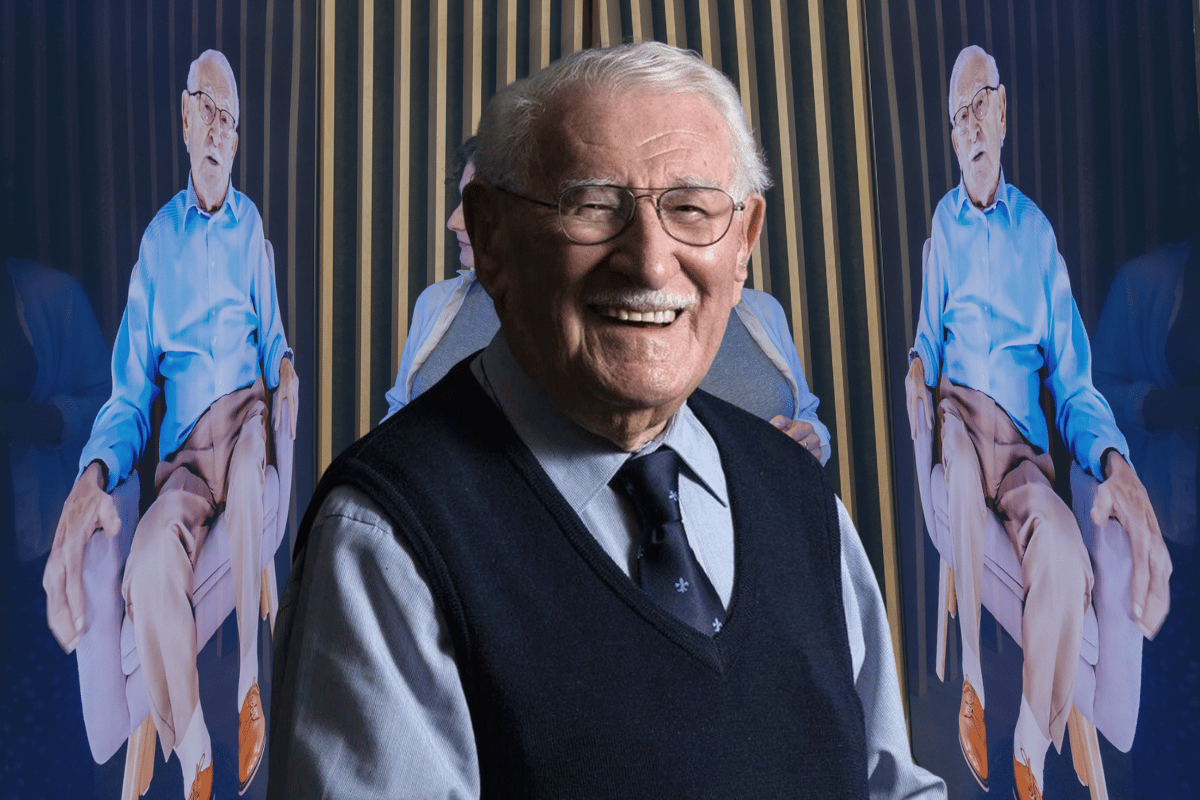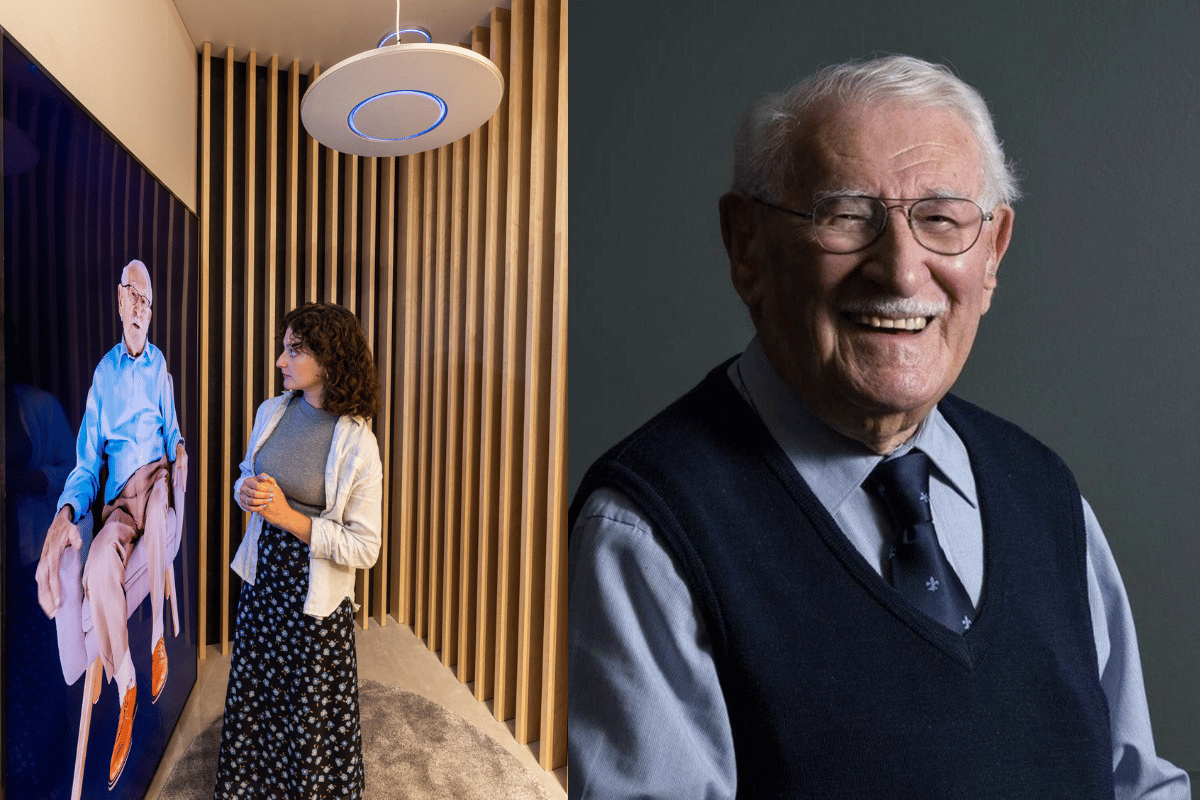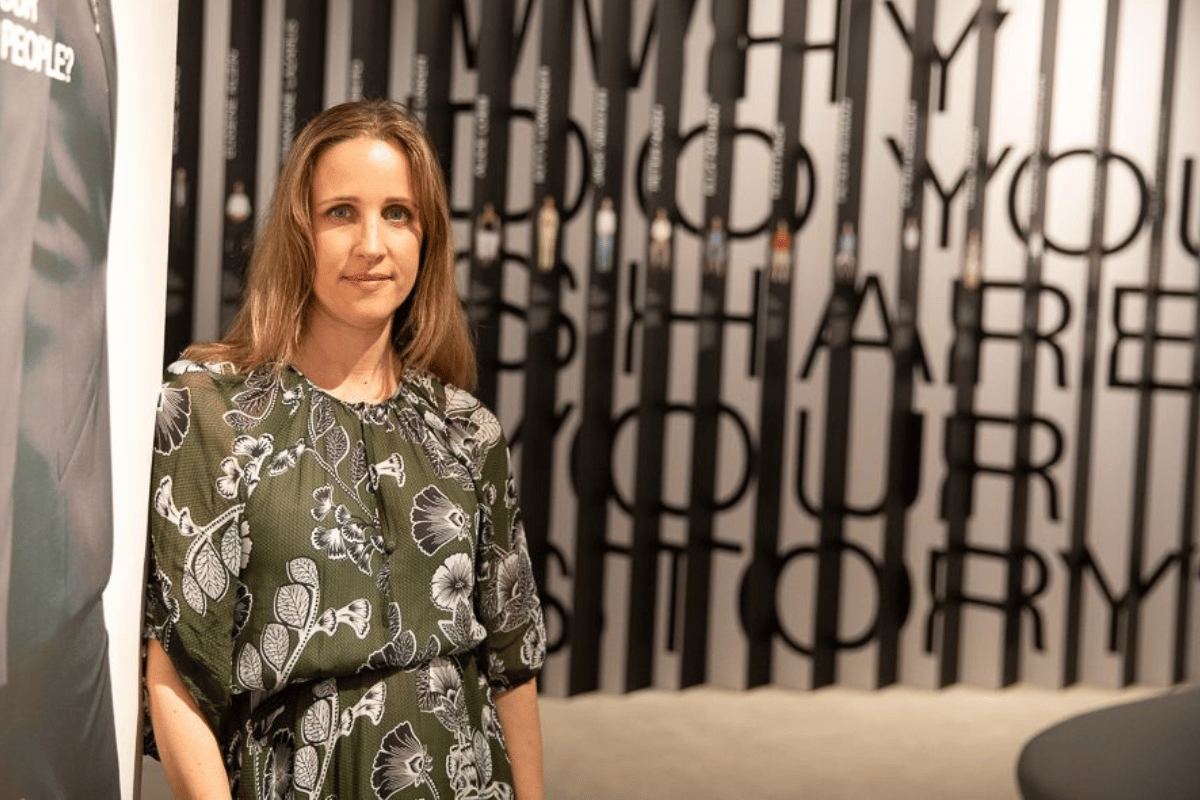
One lovely morning this week, I visited the Sydney Jewish Museum, keen to learn more about Jewish history.
It's an experience hundreds of thousands of people have had at the museum – bearing witness to the testimonies of Holocaust survivors, and their stories of courage and resilience in the face of evil.
Often, museums are a place where historical facts are told - we're talking artifacts, documents, survivor's of major world events recounting their stories.
But we rarely get to hear the personal side of these accounts - the feelings, the emotions. Their reflections on justice, forgiveness, hate and how their experiences impacted the rest of their lives. Now a new exhibit at the Museum, is offering exactly this through the power of artificial intelligence technology.
And one of the three survivors who you can ask questions to is none other than Eddie Jaku. He is best known for his best-selling book The Happiest Man On Earth.
Eddie Jaku speaks to Mamamia about his life. Post continues below.
Before Eddie passed away in 2021 at 101 years old, he did a significant amount of work with the Sydney Jewish Museum. And one particular project he was keen to be a part of was the Museum's Reverberations: A Future for Memory exhibit, created in collaboration with the USC Shoah Foundation.


